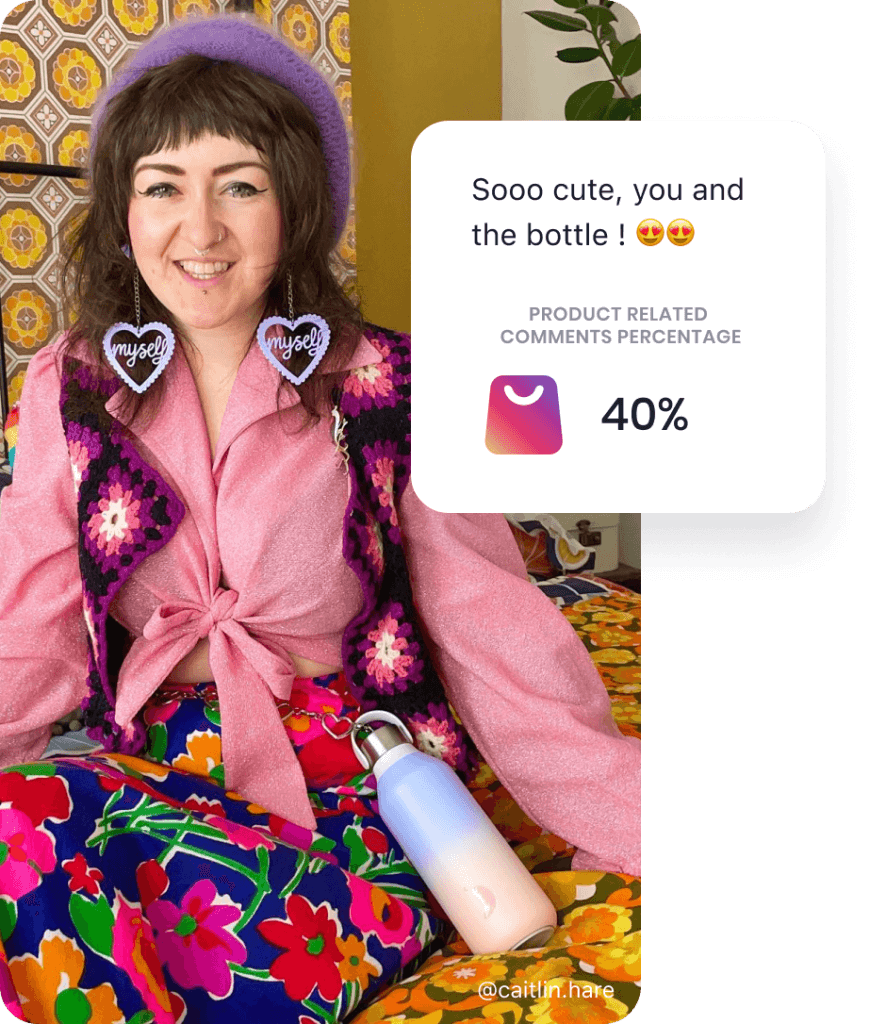In the ever-evolving landscape of influencer marketing, traditional metrics like engagement rates are no longer the sole indicators of success. Enter sentiment analysis—a more nuanced and insightful KPI that’s revolutionizing how brands evaluate their influencer campaigns.
Why Sentiment is More Important Than Engagement Rate
Understanding sentiment is one thing; reacting to it is another. Brands must continuously monitor sentiment trends to preemptively address negative sentiments before they escalate into crises. Here’s how:
Real-Time Monitoring
Utilize tools that provide real-time sentiment tracking to stay ahead of potential PR issues.
Crisis Management
Develop a proactive response strategy for negative sentiments. Address issues transparently and promptly to mitigate damage.
Feedback Loop
Use sentiment insights to refine influencer content strategies and improve overall campaign effectiveness.

Sentiment Analysis as Social Testing for New Products
Launching a new product? Sentiment analysis is an invaluable tool for social testing. By monitoring the initial reactions and feedback from influencer posts, brands can gauge market reception and make necessary adjustments.
Product Tweaks
Positive feedback highlights what’s working, while negative feedback pinpoints areas needing improvement.
Marketing Adjustments
Sentiment insights guide adjustments in marketing messages to better align with consumer expectations.
Audience Tweaks
Presenting the product to the wrong audience often results in negative or neutral comments. Consider this a clear indicator to confidently tweak your audience.
Handling High Engagement with Low Product Mentions
A scenario where an influencer garners high engagement but few mentions of the product can be perplexing. Here’s what to consider:
Content Alignment
Ensure that the content aligns with the product messaging. Influencers should seamlessly integrate product mentions into their narratives.
Audience Relevance
Verify that the influencer’s audience matches the brand’s target demographic. Mismatched audiences can lead to high engagement with little interest in the product.


Product Mentions and Creator-Follower Engagement Quality
The frequency and context of product mentions provide insights into the quality of engagement between creators and their followers. More product mentions usually indicate a higher level of trust and relevance.
Quality Over Quantity
Focus on the quality of mentions rather than sheer number. Meaningful and authentic mentions are more likely to convert to sales.
Audience Interaction
Encourage influencers to engage with their audience’s comments and questions about the product, fostering a deeper connection and building trust.
In conclusion, sentiment analysis offers a comprehensive view of influencer marketing success, moving beyond traditional metrics to uncover deeper insights into audience perceptions. By leveraging sentiment analysis, brands can enhance their marketing strategies, foster better creator-follower relationships, and drive more meaningful results.





